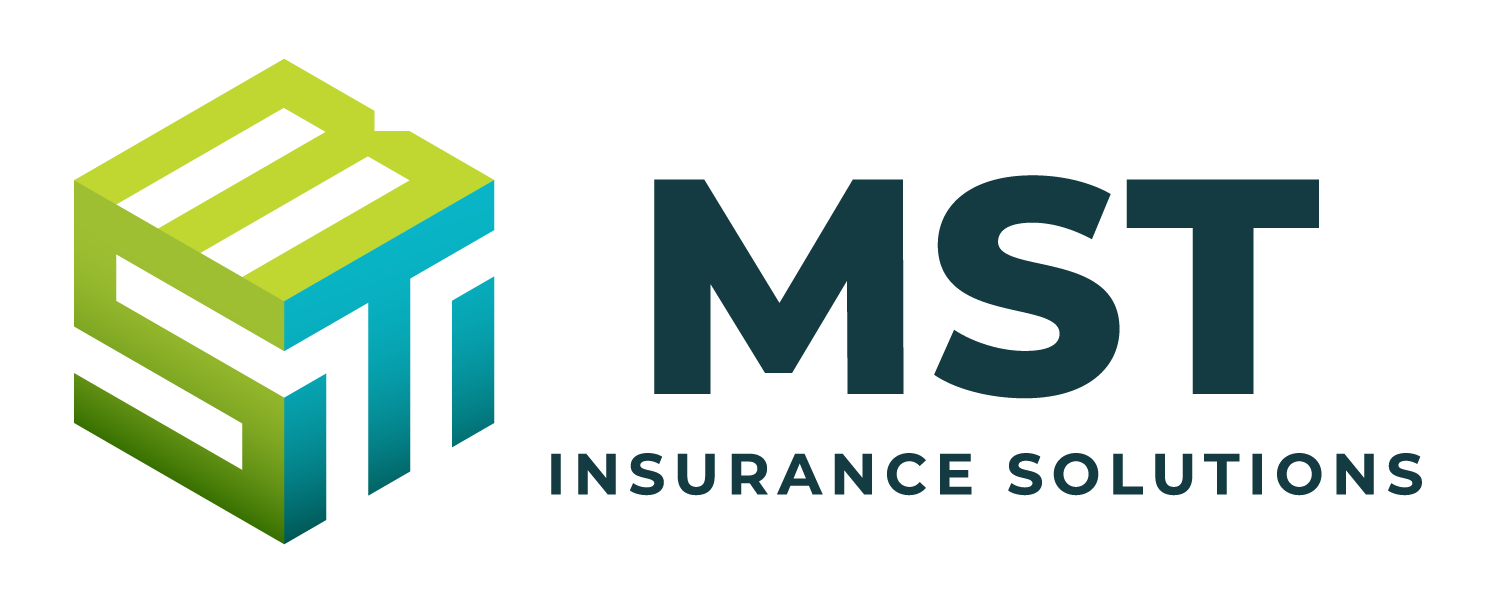The COVID-19 pandemic has been testing the limits of every organization. It’s tested resilience, it’s tested adaptability and, critically, it’s tested the trust between managers and their employees.
When the COVID-19 pandemic began, entire workforces were sent to work from home, regardless of whether they had any experience with the arrangement. This sudden autonomy illuminated trust issues, perceived or otherwise, between individual employees and their managers. After all, monitoring performance while expressing trust is a balancing act made all the more difficult when workers are isolated and cannot be visually monitored.
Employers are still contending with the challenge of conveying trustworthiness while still holding employees accountable. As some workplaces return to in-person operations, it’s more important than ever to bolster trust among all employees and their managers. Anything less could derail an organization’s trajectory just as soundly as a global pandemic.
This article provides tips for helping managers build—or potentially rebuild—trust among their workers.
Be Transparent
Nothing erodes trust faster than not following through on a promise. Employees can understand infrequent lapses, but managers whose actions and statements don’t often align will never earn the trust of their employees. To help in this regard, managers should be transparent when dealing with employees. This means keeping employees in the loop about situational developments and not over-promising. For instance, if a manager agreed to a deadline but suddenly cannot meet it, they should announce it to any affected party in advance and explain why, rather than postponing at the last minute.
Talk Straight
Being wishy-washy when communicating can make it difficult for employees to trust the message being conveyed. It makes it hard to understand where someone is coming from and their intent. That’s why managers should talk straight with employees—use simple language and be clear about expectations. And, if employees have questions, managers should promptly address them with as much detail as possible. If employees are left to speculate about a situation, they may deem their managers untrustworthy if their speculations don’t align with the final outcome. Straight talk can eliminate this common pitfall.
Acknowledge Shortcomings
Nobody is perfect. Employees don’t expect their managers to be infallible, but they do expect them to acknowledge their mistakes. If a manager starts developing a reputation for missing deadlines or contradicting themselves, they must be self-aware enough to acknowledge these tendencies and to make moves to improve. As employees are expected to learn from past errors and develop themselves professionally, so too are managers.
Stay Consistent
Consistency is an excellent way to build trust. This entails setting clear expectations between managers and employees. It also means thinking carefully before responding to a situation. A manager becomes untrustworthy when they react inconsistently to similar incidents. In contrast, when a manager demonstrates consistency, employees may be more comfortable speaking to them, as they can more easily predict how their manager will react.
Define Values
Clearly defined values work in tandem with consistency. Employees should know where their managers stand on certain aspects, particularly their values. Since managers are examples of model employees, expressing their values can help workers align themselves for the benefit of the overall team.
Give Trust to Get Trust
Trust is a shared characteristic—rarely does one party trust another, but not the other way around. That’s why it’s critical for managers to trust their employees. Because, in turn, that will make employees trust them back. Of course, trust must always be earned, so managers shouldn’t trust blindly. Rather, they should take employees at their word and give them the benefit of the doubt until there is reason not to.
However, this does not mean using monitoring software (e.g., keystroke capture or webcam monitoring) to keep tabs on employees—this has the tendency to ruin trust. In fact, according to a Harvard Business Review survey, 49% of employees who were monitored in such a way expressed severe workplace anxiety, compared to just 7% of employees who were not monitored.
Stand Up for Employees
Perhaps the best way to build trust is to help employees when they need it. The differences between a manager who has their employees’ backs versus a manager who throws employees under the bus are astronomical. When a manager “goes to bat” and stands up for employees, they immediately build trust. Conversely, when a manager diminishes employees, they will almost never earn their trust.
Conclusion
Trust is a two-way street. Managers have a sense of what makes their employees trustworthy—transparency and consistency chief among them. So, it follows that managers should also demonstrate those qualities to earn and maintain trust. Luckily, if a manager falls short of these expectations, it’s always possible to learn and grow.
For a copy of this notice click here: Building Trust Among Employees Amid the COVID-19 Pandemic

